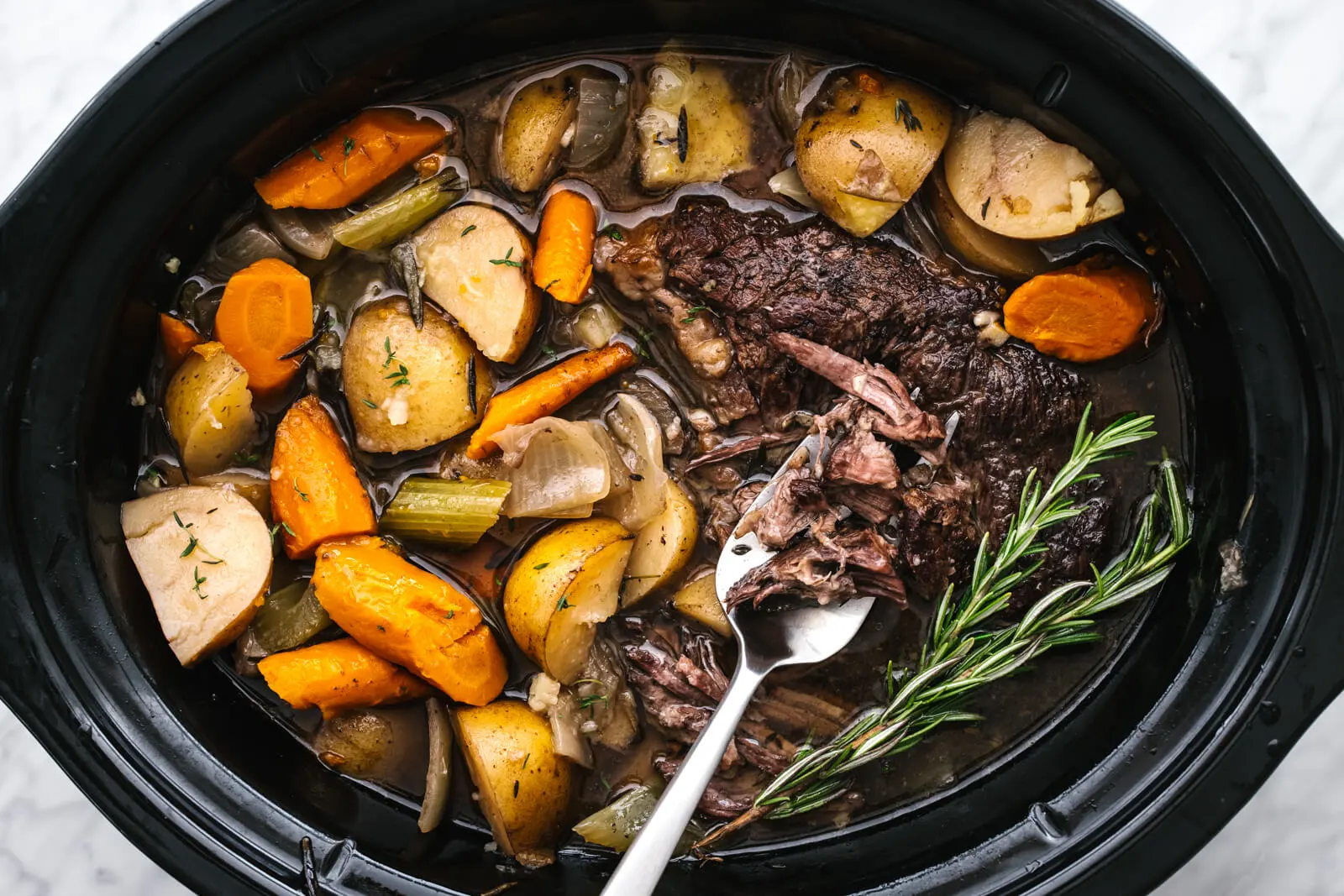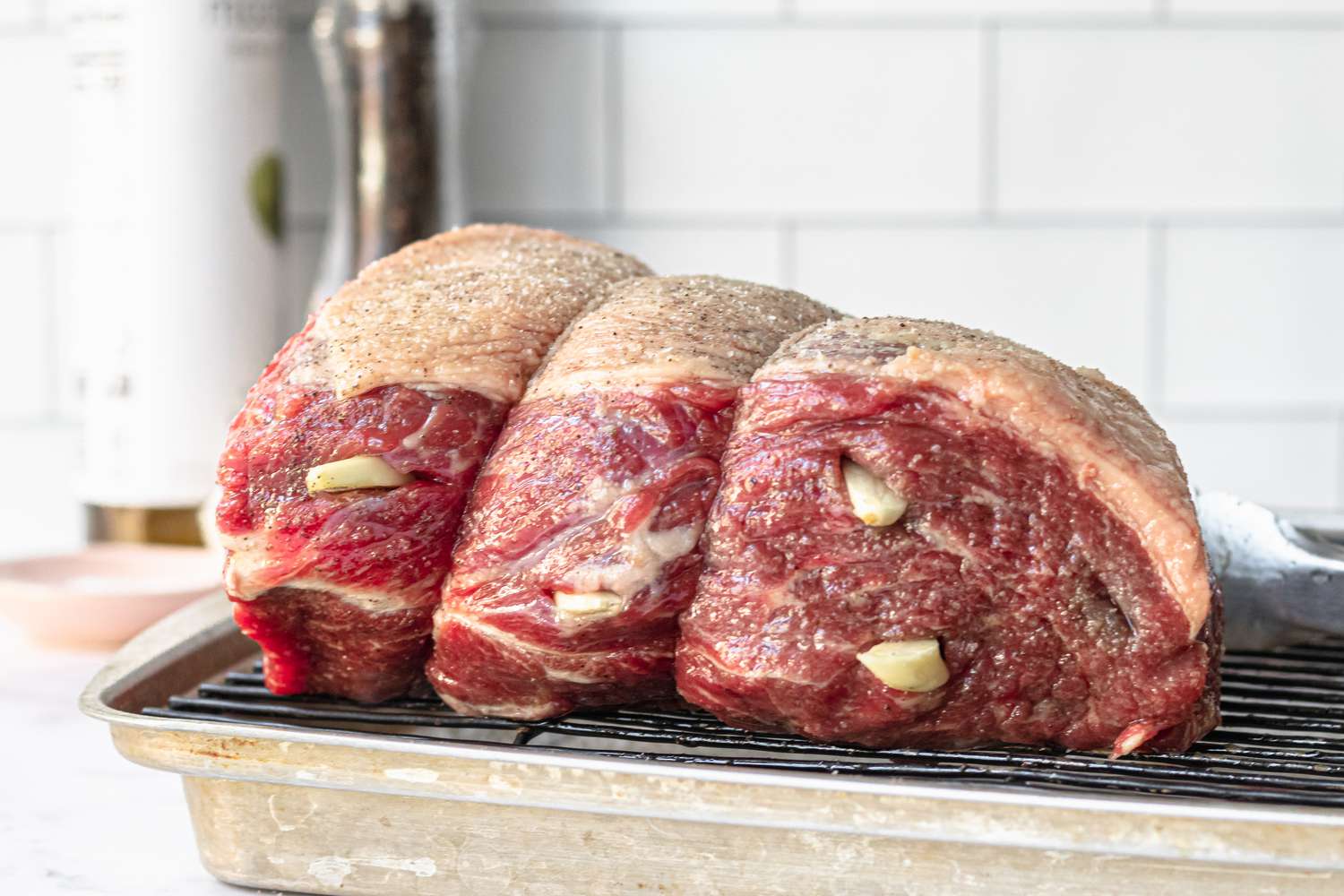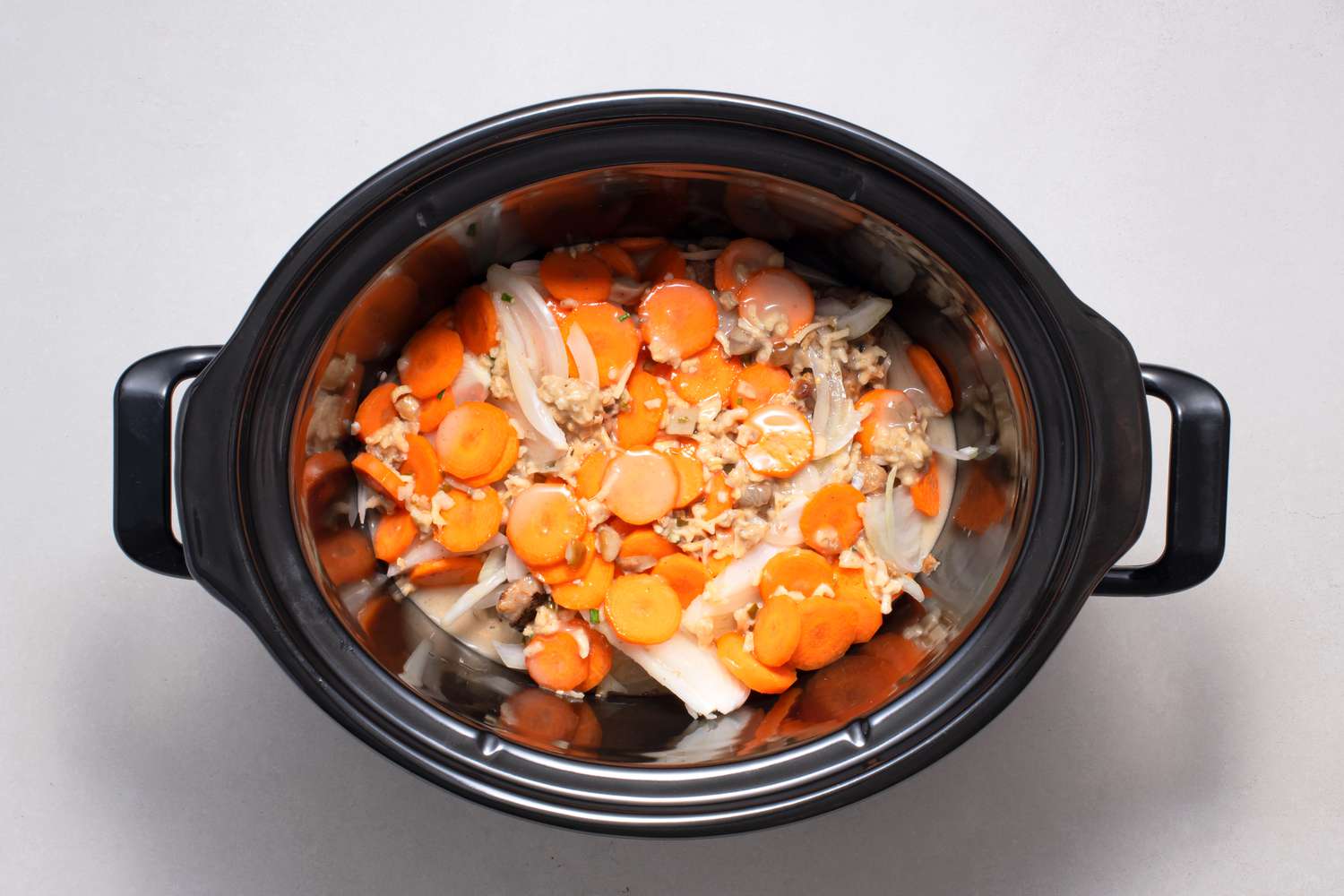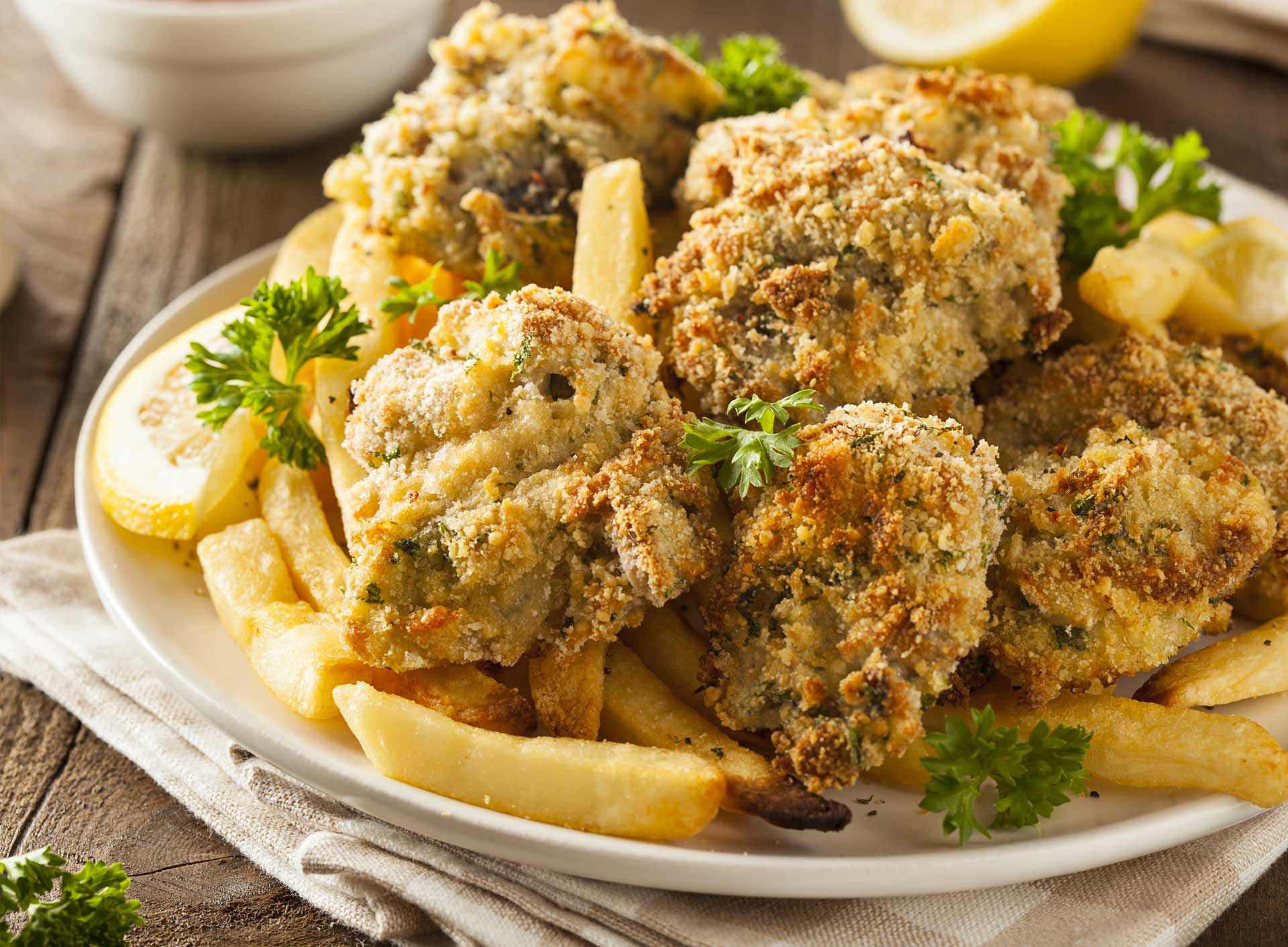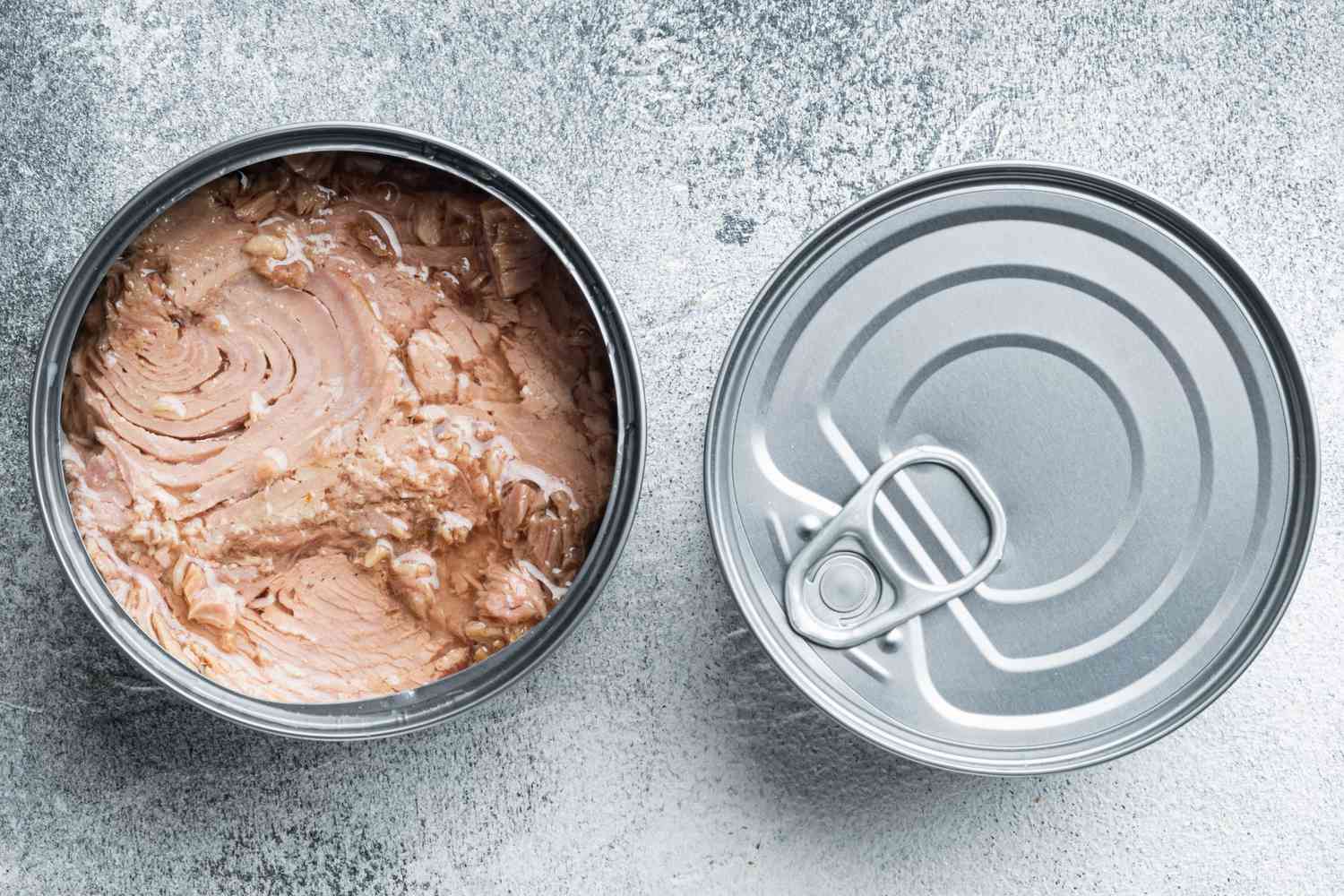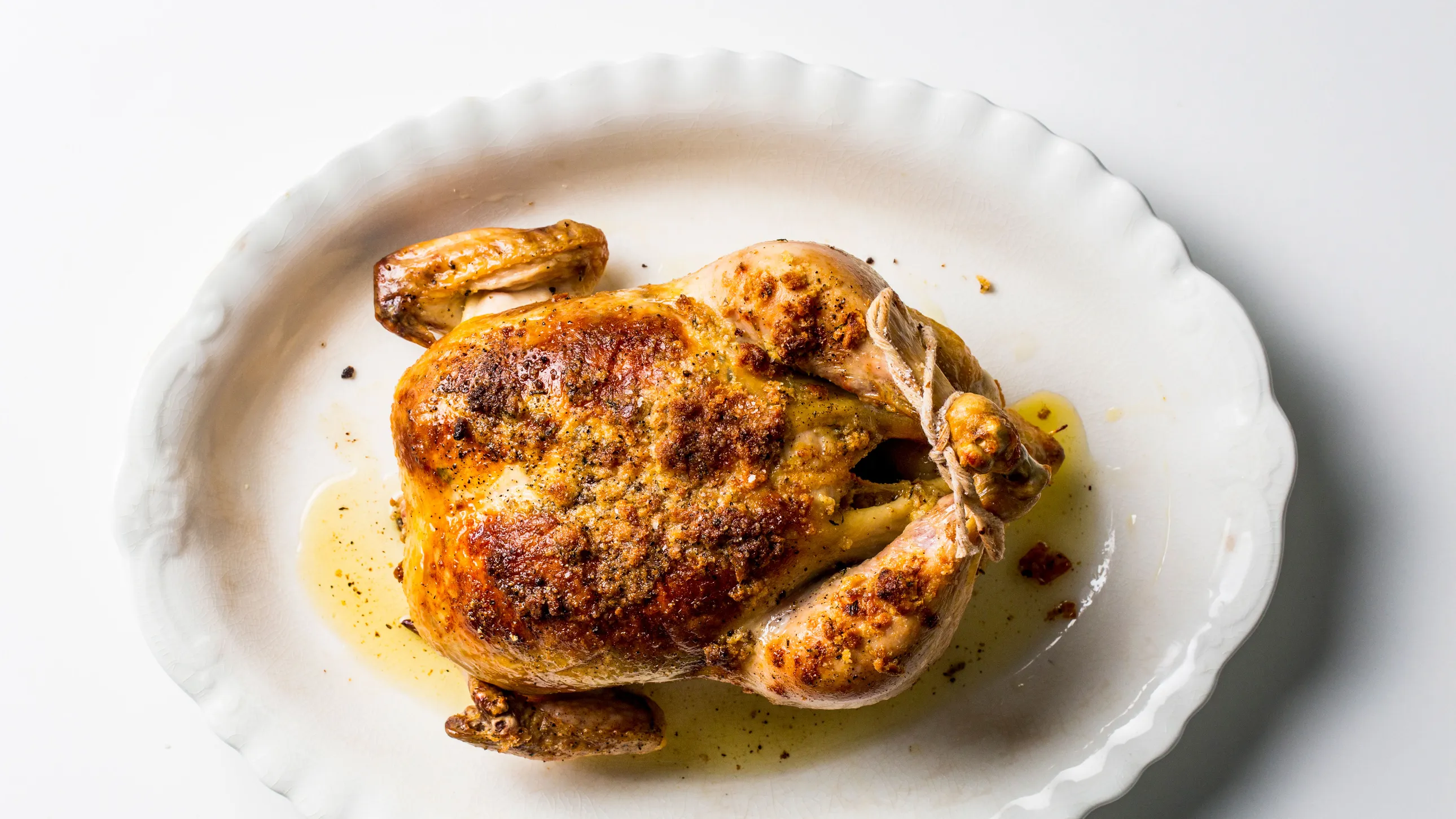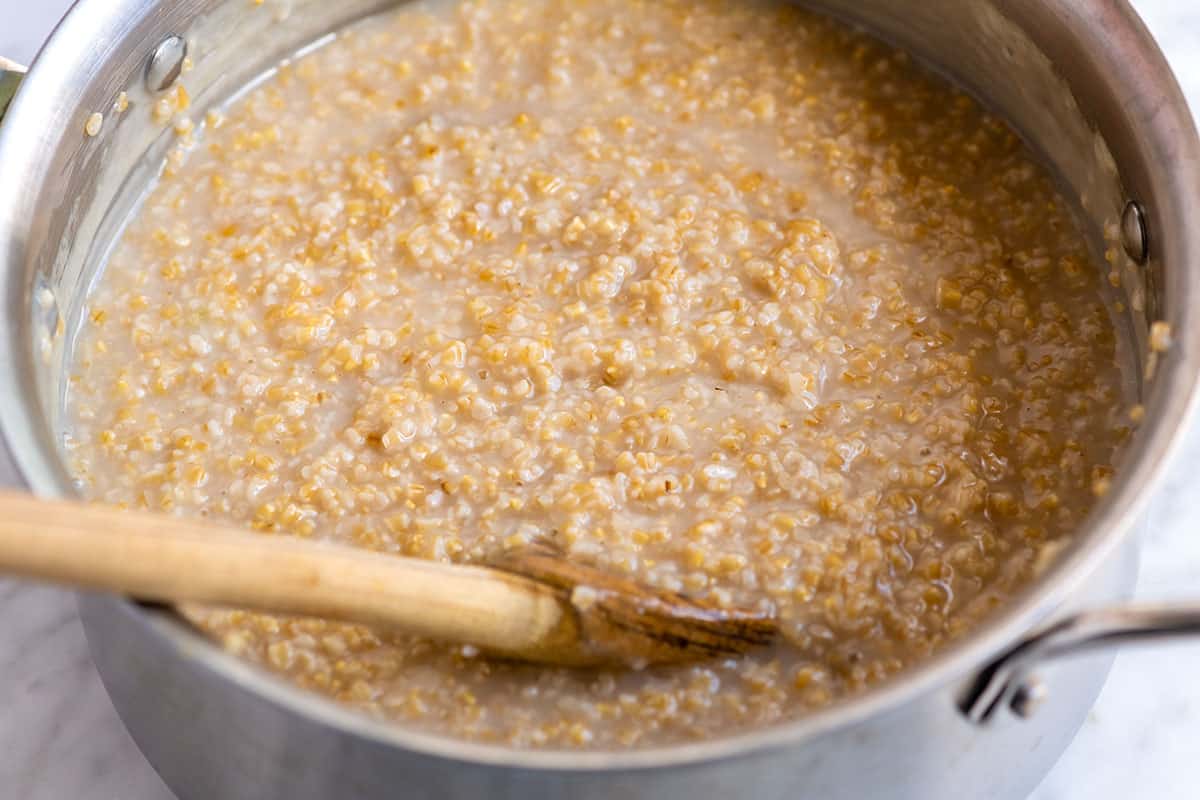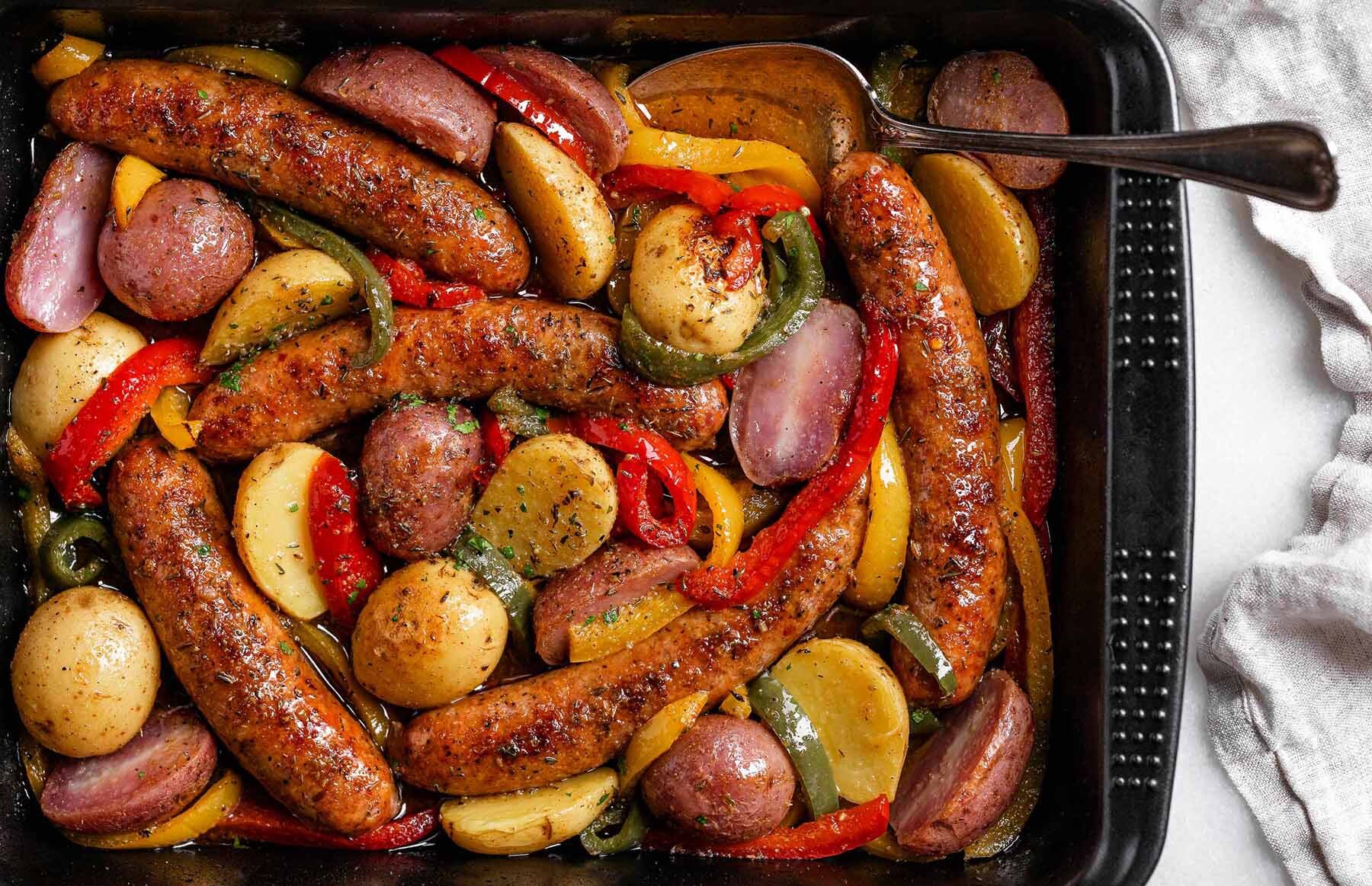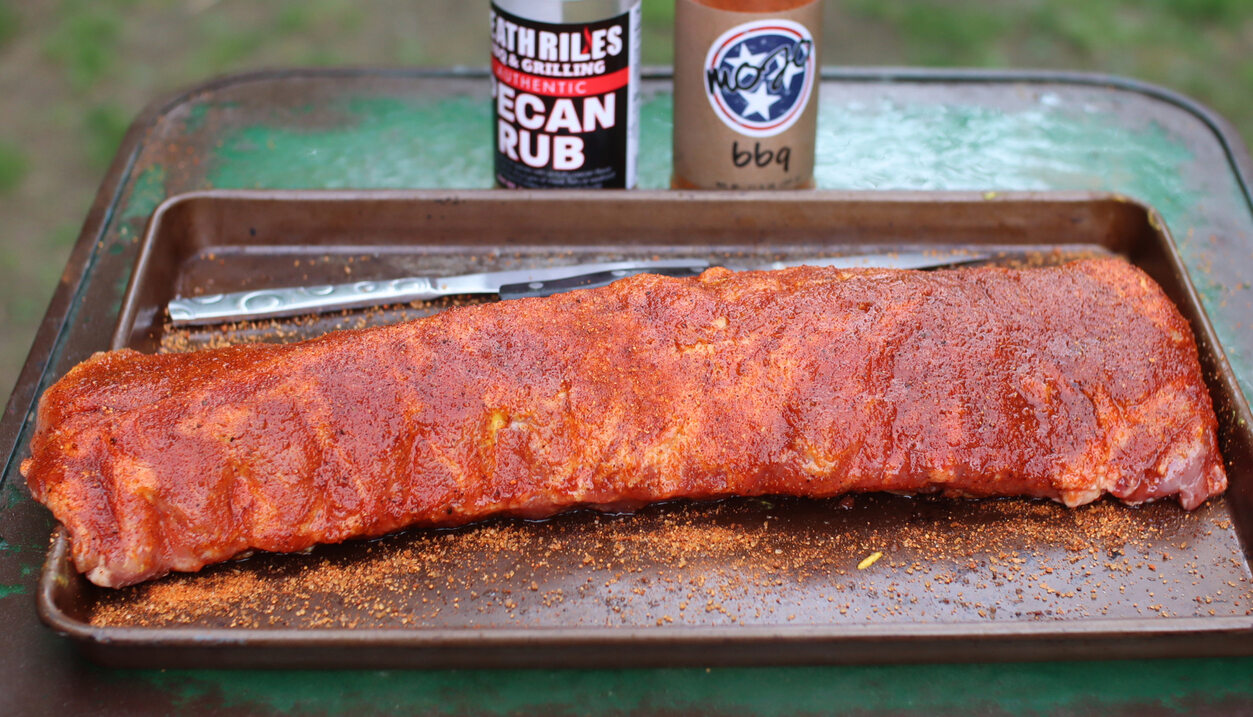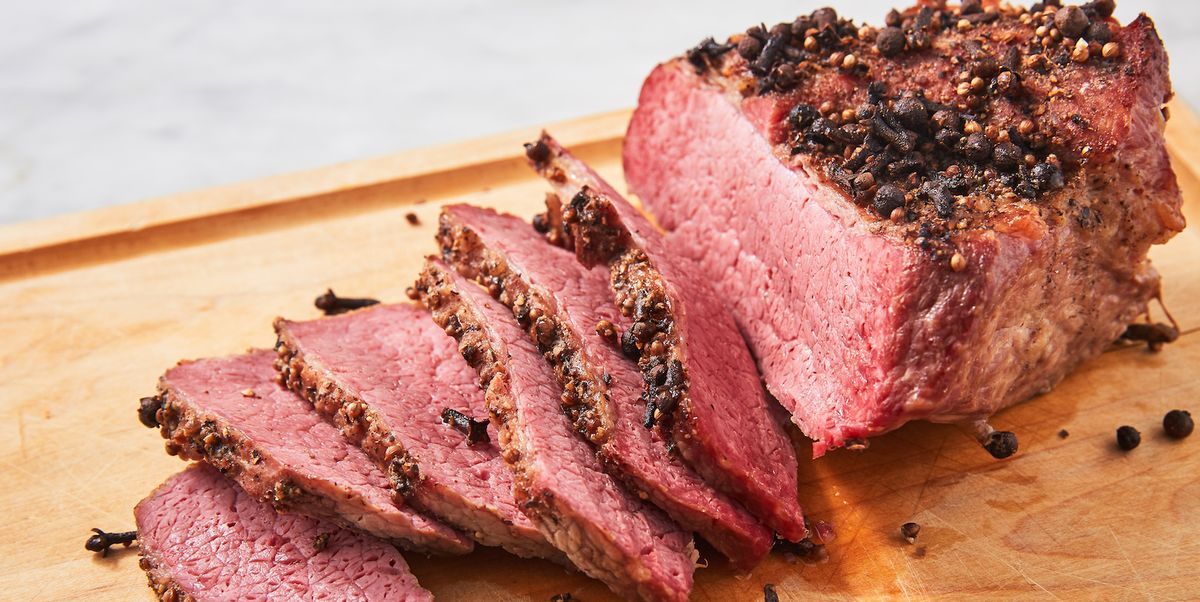Unlock the Flavor: A Guide to Cooking Dried Kidney Beans for Chili
When it comes to making a mouthwatering pot of chili, using dried kidney beans can take your recipe to the next level. Sure, you can use canned beans, but there’s something truly special about starting with dried beans and infusing them with rich flavors. But how do you cook dried kidney beans to perfection? Fret not, for we have your back. In this guide, we will walk you through the step-by-step process of preparing dried kidney beans for your signature chili dish.
Why Choose Dried Kidney Beans?
Before we dive into the cooking process, let’s take a moment to understand why dried kidney beans are the superior choice. These legumes possess a robust, slightly sweet flavor that infuses beautifully with the spices and aromatics in chili. Cooking dried kidney beans from scratch also gives you control over the texture, ensuring they are tender yet firm and not mushy like their canned counterparts.
1. Preparing the Beans
Start by giving your dried kidney beans a good rinse under cold water. This will remove any dirt or debris that may have ended up in the package. Next, it’s time for the “quick soak” method. Place the beans in a large pot and cover them with water, ensuring there’s about two inches of water above the beans. Bring the water to a boil, then let the beans simmer for two minutes. Remove the pot from the heat, cover it with a lid, and let the beans soak for at least one hour.
2. The Cooking Process
After the quick soak, drain the beans and discard the soaking water. Now, it’s time for the actual cooking. Place the soaked beans back into the pot and cover them with fresh water or broth. The liquid should be about two inches above the beans. Bring the pot to a boil, then reduce the heat to a gentle simmer. Partially cover the pot with a lid, allowing steam to escape.
- Do not add salt or any acidic ingredients like tomatoes or vinegar at this stage, as they can toughen the beans and increase cooking time.
- Consider adding flavor by including aromatics such as onions, garlic, or bay leaves to the pot. This will enhance the taste of your beans.
Let the beans simmer for around one to three hours or until they are tender but still hold their shape. Keep an eye on the water level, adding more as needed to prevent the beans from drying out.
3. Testing for Doneness
While cooking, it’s essential to periodically check the doneness of your kidney beans. Take a couple of beans and gently squeeze them between your fingers. They should be soft and creamy on the inside but still have a slightly firm texture. If they’re not yet done, continue simmering and testing every 15 minutes until they reach the desired consistency.
4. Adding The Beans to Your Chili
Your perfectly cooked kidney beans are now ready to be incorporated into your chili recipe! Drain any excess cooking liquid and rinse the beans under cold water to stop the cooking process. Now, they are ready to join the vibrant medley of spices, tender meat, and tangy tomatoes in your chili pot.
Remember, the longer you let your chili simmer, the more the flavors will meld together, resulting in a scrumptious and well-rounded dish. Serve your chili hot and garnish with your favorite toppings, such as shredded cheese, sour cream, or fresh cilantro.
Now that you are armed with the knowledge of cooking dried kidney beans for chili, go forth and create a tantalizing bowl of hearty goodness. Elevate your chili game and impress your friends and family with the rich and earthy flavors of homemade kidney beans!
More Delicious Recipes Using Cooked Kidney Beans
Now that you've mastered cooking dried kidney beans for chili, it's time to put that skill to good use across a variety of delicious recipes. From the robust flavors of Classic Beef and Bean Chili to the lighter, but equally satisfying Three-Bean Vegetarian Chili, there's a chili recipe to suit every palate. For those looking to spice things up, the Spicy Chicken and Kidney Bean Chili is a must-try. For a unique twist on traditional flavors, the Mole-Inspired Chocolate and Kidney Bean Chili offers an intriguing combination of chocolate and spice that is surprisingly harmonious. Each recipe allows you to practice and perfect the art of cooking kidney beans, while expanding your culinary skills with diverse and flavorful dishes.
Was this page helpful?
Read Next: How To Cook Jasmine Rice In The Oven
